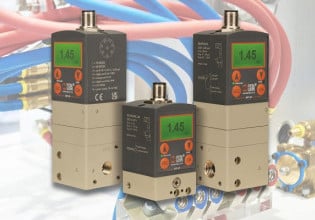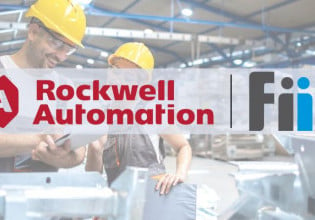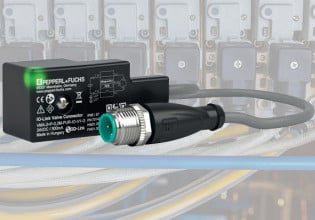ROEQ Boosts AMR Payloads and Lifting Capabilities
The current labor shortage, along with tedious, repetitive tasks make it difficult to find warehousing employees. ROEQ and MiR aim to help by increasing robotic payload and lifting capacities.
ROEQ, short for Robotics Equipment, started in early 2017 to develop equipment for autonomous mobile robots (AMRs). Specifically, ROEQ partners with MiR (Mobile Industrial Robots) models.
Video used courtesy of ROEQ
MiR is based in Denmark, but has regional offices across the world. Niels Jul Jacobsen created the company in 2013 to help safely optimize logistics while increasing operational efficiency. MiR boasts that its AMRs provide a return on investment (ROI) within a year. These AMRs can be used as cobots within various industries, such as medical and pharmaceutical or warehousing.
The founders came from the pharmaceutical industry, so the company focuses on safety and reliability because they are much needed in industry. ROEQ’s equipment aims to enable engineers to work more closely with AMRs.

The TMS-C1500 with the S-Cart1500W can be used with a rack to handle large payloads. Image used courtesy of ROEQ
In addition to MiR AMRs, ROEQ has solutions for carts, racks, lifters, and top rollers. One reason that AMRs are vital to an industrial facility is due to the immense labor shortage. Another is to help eliminate tedious tasks, such as cart pushing. If a facility is short-staffed, then AMRs can pick up the production throughput and goods transportation.
MiR AMRs
One of MiR’s original AMRs, the MiR100, was designed to quickly automate internal transportation and logistics. It has integrated sensors and cameras to identify its surroundings and take the most efficient route. The AMR can even maneuver around people or in and out of elevators. It doesn’t require programming knowledge; instead, download the building’s CAD files directly to the cobot for a quick setup.

The TMS-C1500 with the S-Cart1500W handling a pallet. Image used courtesy of ROEQ
Each AMR is built upon the previous model. MiR's largest AMR is the MiR1350, which has a payload of up to 1350 kg (3000 lbs). It's designed to automatically pick up, transfer, and deliver pallets. It is also equipped with sensors and 3D cameras to give it 360-degree vision. This model is IP52 rated and ISO3691-4 safety certified, the first in MiR's AMRs. In addition to the new top modules, this AMR can be suited with various other top modules, such as bins, pallet forks, conveyors, or robot arms. However, with the new top modules, its payloads are significantly increased.
How AMRs can Improve Productivity
ROEQ designed a top module to be combined with their new shelf cart for the MiR1350 and MiR1000 to increase payloads. Using these two new products enables the AMRs to handle up to 1500 kg (3307 lbs). These increased payloads mean MiR’s AMRs can be deployed to heavier applications, increasing potential productivity.
Additionally, the top modules, TMS-C1500 and TMS-C1500W, eliminate the need for a docking station. It can pick up or drop off the shelf cart anywhere in the facility, which helps reduce idling and waiting for a new task. With these add-ons, the AMR series can handle greater payloads and a cargo area larger than a U.S. pallet. This is partly due to the increased tilt stability with wheels placed further apart.

The ROEQ S-Cart1500W. Image used courtesy of ROEQ
The TML200, also recently launched, can lift not only pallets, but also crates, racks, and ROEQ shelf carts. The forks can even lift cargo with an uneven bottom, such as Euro-pallets.
Tying these products together is the ROEQ Assist software. This software tool, designed to simplify integration and streamline setup, loads modifiable pre-coded missions to the MiR cobot. These missions can include pre-defined footprints and tailored “safety zones” fitting ROEQ equipment. The top module automatically activates these zones to ensure utmost safety.
As labor shortages and safety considerations continue to rise, so does the need for safe cobots and AMRs. This increased payload and exchangeable top modules increase productivity and efficiency while keeping safety integrity.






